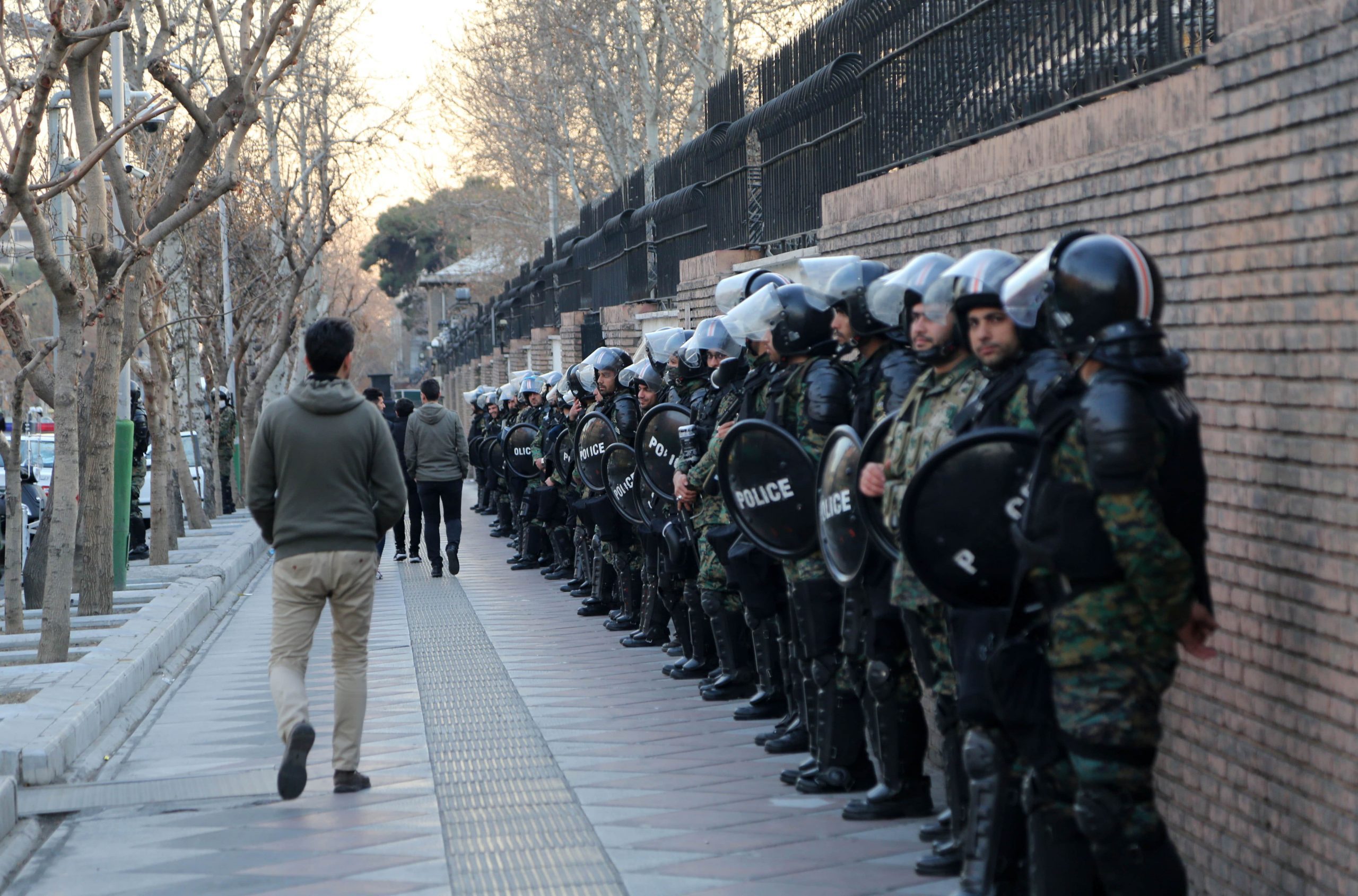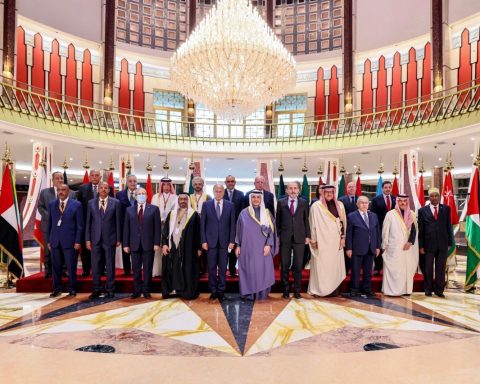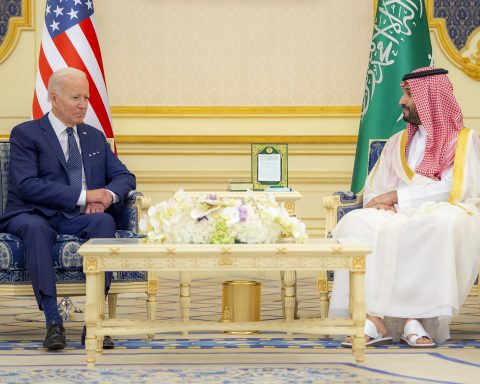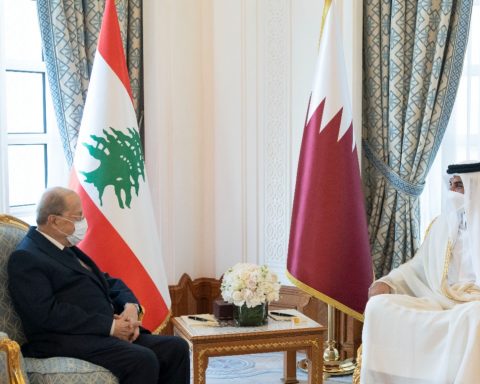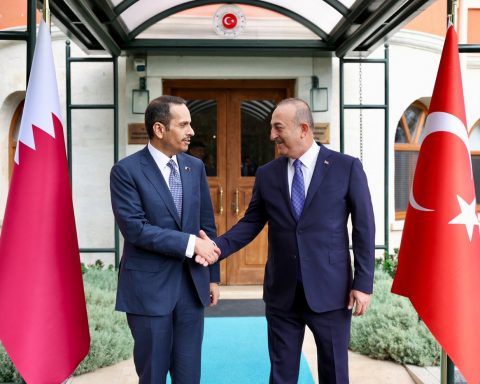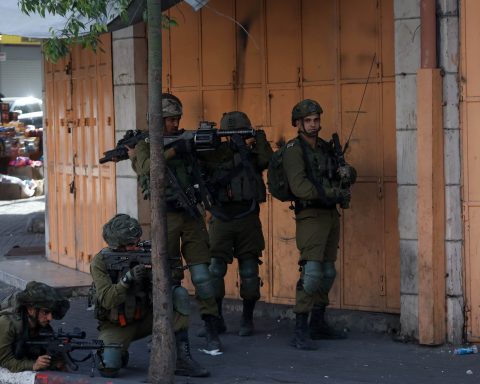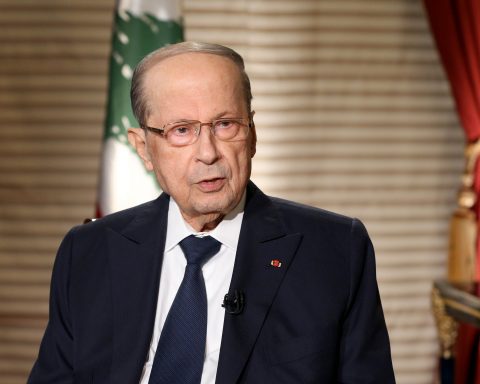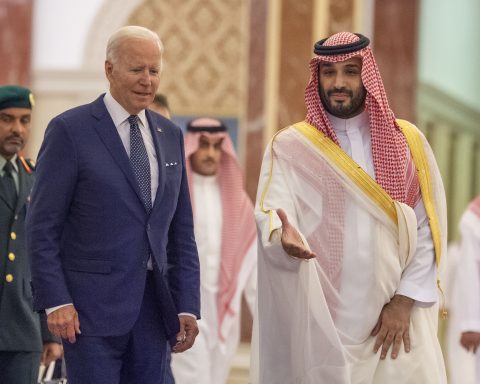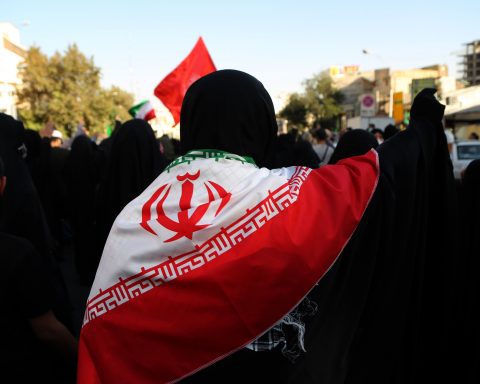On Monday, anti-government demonstrations in Tehran moved to Iran’s key energy sector, endangering the long-term viability of the country’s religious leadership.
Workers from the oil refineries in Abadan and Kangan, as well as the petrochemical factory in Bushehr, joined the rallies sweeping Iran. Dozens of employees chanted “Death to the tyrant” as they blocked the road leading to the Bushehr facility in Assaluyeh on the Gulf coast.
Mahsa Amini, a 22-year-old woman from Iran’s Kurdistan region, died in the hands of morality police after being imprisoned and assaulted for wearing her hijab “in an inadequately modest way.”
Until recently, young women and university students have spearheaded demonstrations, but observers say the backing of energy sector employees is worrisome for Iran’s governing clerics.
In conjunction with US sanctions on Iran’s oil exports, continuous strikes by energy workers might bring the Islamic Republic to its knees, according to Carnegie Endowment for International Peace researcher Karim Sadjadpour.
“Iran is less reliant on oil as a proportion of GDP than it was in 1978,” he observed, “but energy exports remain the lifeblood of the economy.”
On Monday, Iranian security forces continued to suppress the protestors.
At least 185 people, including 19 children, according to rights organizations, have been murdered; hundreds have been wounded, and thousands have been imprisoned.
On Monday, social media images showed rallies in dozens of Iranian towns, as well as violent skirmishes between protestors and riot police in the Kurdistan region, where at least five people have been killed and over 150 wounded since Saturday.
In the Kurdish cities of Sanandaj, Saqez, and Divandareh, heavily armed security forces used tear gas, clubs, and, in several instances, live bullets.
A video showed many explosions producing dazzling lights in Sanandaj, Kurdistan’s capital, neighborhood.

